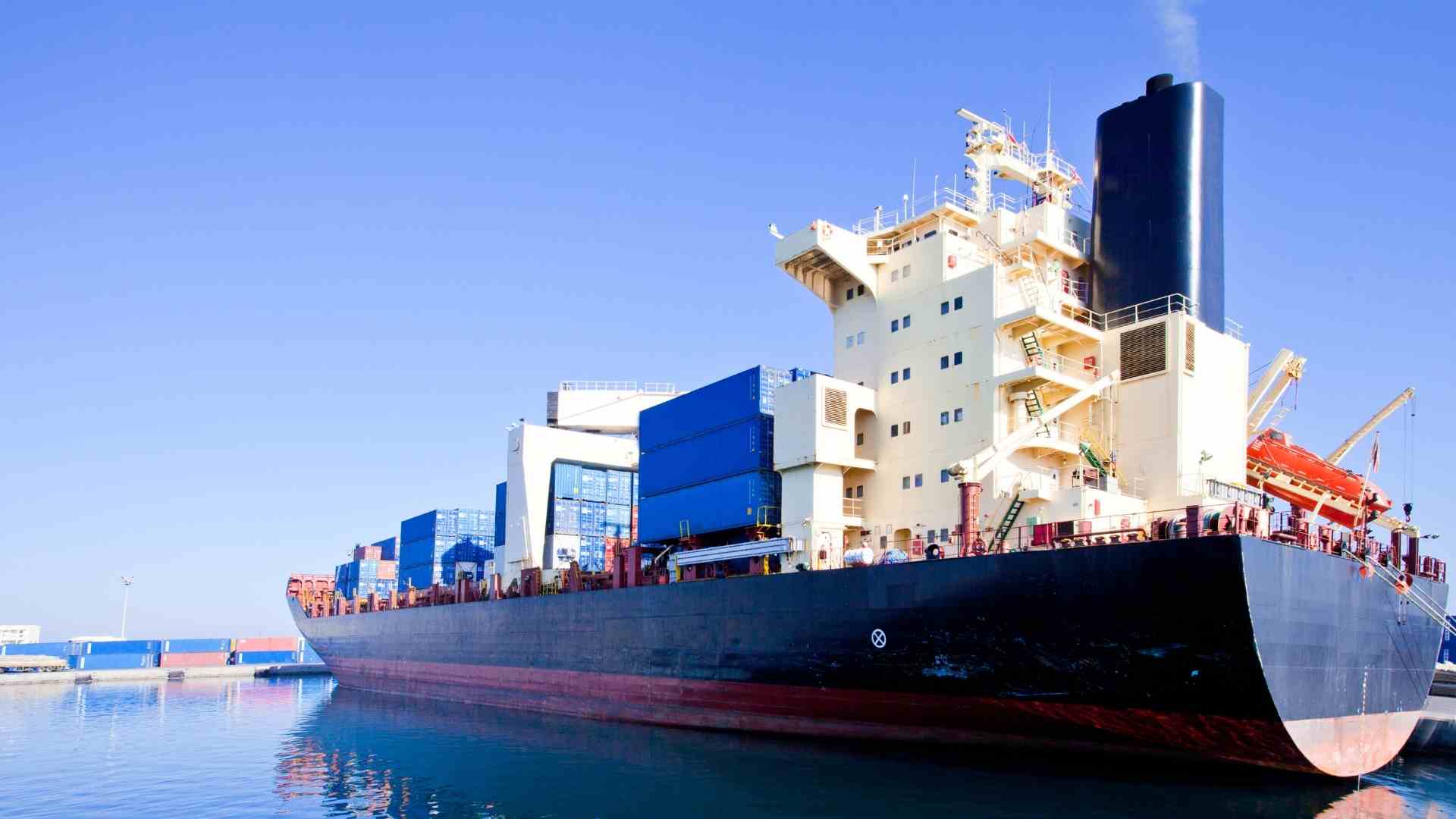Launched in fall 2020, the Extensiv Supply Chain Scholarship aims to foster the talent that will drive the future of our industry. Now in its fifth year, the Extensiv scholarship program hopes to inspire fresh ideas and voices in logistics and supply chains.
Below, we present Cade Weatherbie, the Spring 2025 Extensiv Supply Chain Scholarship winner, and his essay describing how alternate coupled power sources could be the next step in sustainability for maritime operations.
Our supply chain depends largely on maritime operations when it comes to overseas trading. Unfortunately, ships were not made to help the world's ecosystem. Most ships run off heavy crude oil or some type of diesel. In fact, these ships are responsible for about 17% of the world's greenhouse gases. Is there a better fuel source? Alternate fuels and engine technologies are in the works, and some options are “greener” and more sustainable. The next big advancement in supply chain management will center on coupled powered sources in maritime operations.
When the words green and sustainable are used, we think of the new and upcoming electric engines. From pressure washers to semi-trucks, electric-powered engines are changing the game. They "solve" the fossil fuel crisis. The benefits are endless from a smaller output engine standpoint, but when considered in maritime vessels, it just hasn't found the same reputation. For years, engineers have tried to recreate the success of electric automobiles within larger vessels, but despite best efforts, creating an all-electric ship wasn't feasible. What they were able to create, however, was a diesel-electric ship. What scientists and engineers did was create an electric pod-like drive that is powered by diesel generators throughout the ship. Think of it as a hybrid car that still puts out emissions, like a Prius. These types of ships are mainly crew ships, OSVs, and other vessels that may use dynamic positioning. Fully electric ships aren't suitable for maintaining efficient maritime operations… yet.
So, if electric isn't all that when it comes to powering larger vessels, what is? Well, companies have been toying with the idea of hydrogen-powered vessels. With its relatively cheap cost and high combustible capabilities, engineers have started replacing the average gas and diesel engines with hydrogen. For example, in February 2024, Yamaha created the first hydrogen-powered high-put outboard motor. However, one of the downfalls that Yamaha ran into was the size of reserve tanks needed for fuel storage; to even compete with the gas and diesel engines, they needed almost twice the amount of fuel storage for hydrogen. The hydrogen engine has only stepped through the recreational portions of life; it has not yet been proven successful enough to be used commercially.
On the other hand, ships have been exploring natural gases like Liquid Natural gas (LNG). Unlike hydrogen, LNG has been successfully made into powering commercial ocean-going vessels. After thorough studies comparing the greenhouse gases of diesel and LNG, scientists found that LNG only emitted 10% fewer emissions than diesel. However, LNG still emits greenhouse gases and is still around the same price as previously used fuel sources, making it a competitor but not the ideal challenger to diesel.
Now, some might ask, why not nuclear? Nuclear-powered ships can go for years at a time without refueling. Some of the biggest ships in the world can go up to 20 years without refueling! Another point is the cost comparison between fossil fuels and nuclear. Nuclear has proven to be cheaper to purchase. However, when looking at the refueling and processing of the source, fossil fuels are much cheaper to operate than nuclear-powered sources. But the biggest reason nuclear isn't as popular is because of the scare of what happens when something goes wrong – there are devastating consequences.
Wind power has actually found its way up to commercial use. Now, wind power by itself is not all that efficient; ships must use supplementary power like one of the examples mentioned above. The technology that goes into "sails" is not like traditional sailing. They are huge, foldable, hard-sided sails that rest on the ship's decks when not in use but are perpendicular to the ship's decks when in use. As said above, hydrogen and electrical motors by themselves have not been produced commercially yet and don't provide enough power to be efficient. However, when it is teamed up with wind power, it may just change the game. And yes, of course, this may only work on certain shipping routes, but as long as the routes are far enough from the equator, where there is wind, it may just be that much more efficient and sustainable.
So, which fuel source is really the most "green" and the most sustainable for maritime operations? We may find that the source we've been trying to acquire isn't as sustainable as we think. The idea of coupled power sources might be the answer we have all been looking for.
 Essay by Cade Weatherbie
Essay by Cade Weatherbie
Student at California State University Maritime Academy
Works Cited
- Gallucci, Maria . “America’s First Hydrogen-Powered Ferry Is Set to Sail.” Canary Media, RMI, 16 Nov. 2023,www.canarymedia.com/articles/sea-transport/americas-first-hydrogen-powered-ferry-is-s et-to-sail. Accessed 9 Feb. 2024.
- Onorati , A. “The Role of Hydrogen for Future Internal Combustion Engines.” Engine Research , vol. 23, no. 4, 19 Mar. 2022, pp. 529–704,
- journals.sagepub.com/doi/full/10.1177/14680874221081947, https://doi.org/10.1177/14680874221081947. Accessed 8 Feb. 2024.
- Rouleau, Loic, et al. “Experimental and Numerical Investigation on Hydrogen Internal Combustion Engine.” SAE Technical Paper Series, 5 Sept. 2021, pp. 1–17, https://doi.org/10.4271/2021-24-0060. Accessed 8 Feb. 2024.
- Wang, Lijun, et al. “Research and Development of Hydrogen-Fueled Internal Combustion Engines in China.” ACS Omega , vol. 8, no. 51, 11 Dec. 2023, pp. 48586–49478, pubs.acs.org/doi/10.1021/acsomega.3c05397, https://doi.org/10.1021/acsomega.3c05397. Accessed 8 Feb. 2024.
- Wang Q, Zhang H, Zhu P. Using Nuclear Energy for Maritime Decarbonization and Related Environmental Challenges: Existing Regulatory Shortcomings and Improvements. Int J Environ Res Public Health. 2023 Feb 8;20(4):2993. doi: 10.3390/ijerph20042993. PMID: 36833688; PMCID: PMC9966280.

